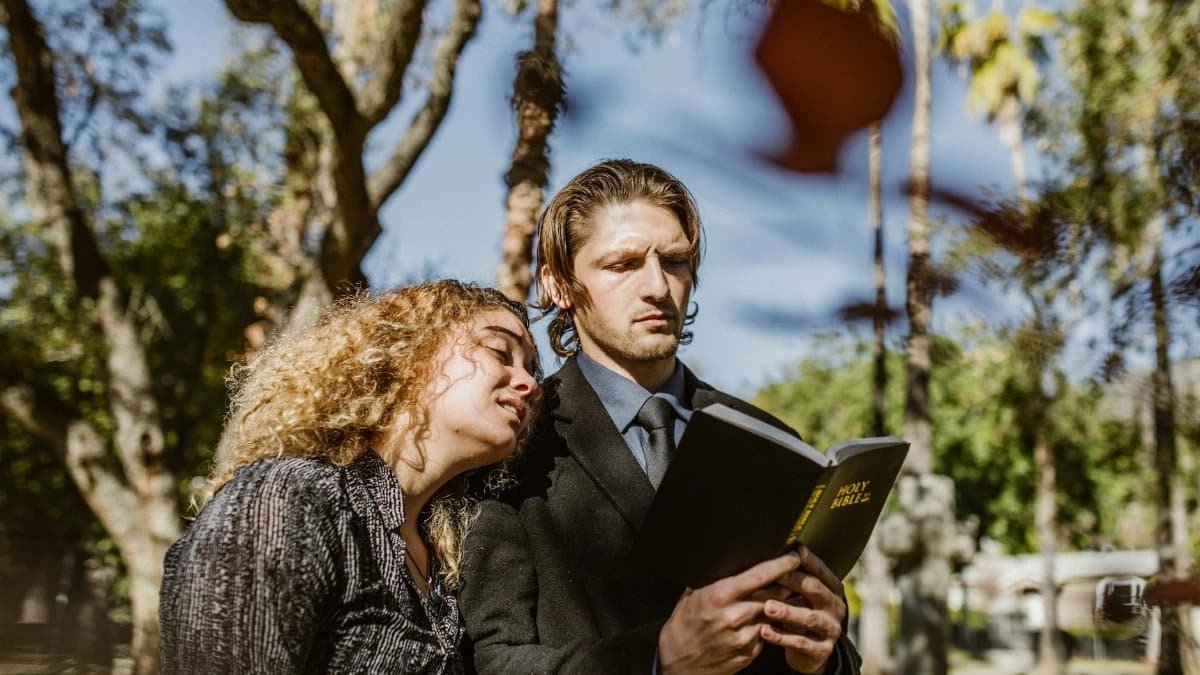Walk down the streets of small-town Ohio or suburban California these days, and a quiet absence often lingers. Once-vibrant churches, community centers, and even family-owned diners—places that held generations together—stand shuttered or repurposed into condos and coffee shops. This erosion of what many call “sacred spaces” isn’t just a physical loss. It’s a cultural and emotional one, too, tied to a growing unease rippling through the nation. America’s loss of sacred spaces is fueling anxiety in ways that are both subtle and profound, as people grapple with the disappearance of anchors that once grounded their lives. From rural congregations dwindling to urban parks overtaken by development, the places where meaning was made are fading. And with them, a sense of belonging slips away. What happens when the spaces that shaped identity and connection are no longer there? This question drives a deeper look into how this shift is reshaping mental health, community ties, and even personal purpose in 2025.
The Disappearance of Physical Anchors
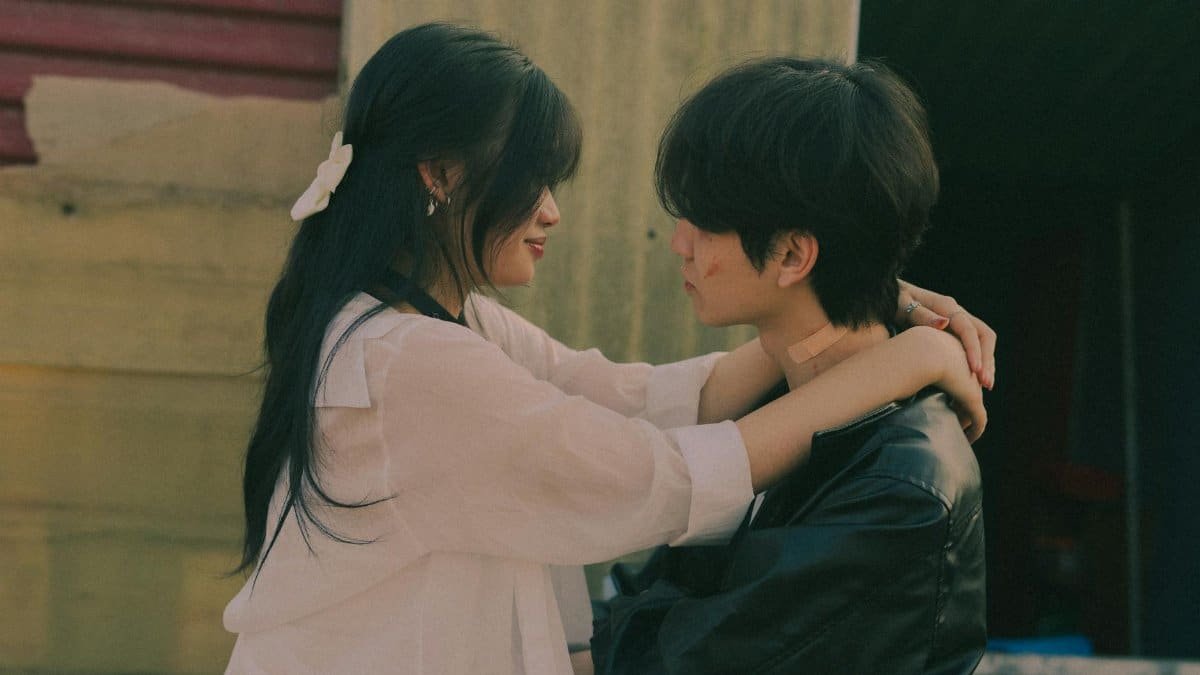
In towns across the U.S., the landscape tells a story of change. Old stone churches, their pews once packed on Sundays, now sit with boarded windows. Community halls that hosted weddings and town meetings are replaced by chain stores. According to a 2021 report from Pew Research Center, nearly three in ten Americans identify as religiously unaffiliated, a sharp rise from previous decades. This shift correlates with the closure of thousands of houses of worship—over 4,000 churches shut annually by some estimates. But it’s not just religious spaces. Public libraries face budget cuts, and local parks are often squeezed out by urban sprawl. These were spots where people paused, reflected, or simply felt part of something bigger. Their absence leaves a void, not just in geography but in the psyche. Without these physical anchors, many feel unmoored, as if the ground beneath their sense of place has shifted.
A Rising Tide of Unease

The link between space and mental health isn’t abstract. Studies show environment shapes well-being in tangible ways. A 2019 study from the National Institutes of Health found that access to communal or natural spaces reduces stress and anxiety by fostering social bonds and a sense of safety. When those spaces vanish, the opposite occurs. America’s loss of sacred spaces anxiety emerges as people lose outlets for connection and quiet. Imagine a single parent in a sprawling city, once reliant on a local community center for affordable childcare and a friendly ear. Now, with it gone, isolation creeps in. The stress isn’t just logistical—it’s emotional. The lack of a place to turn to amplifies feelings of being adrift, a sentiment echoed across demographics, from young adults to retirees.
The Cultural Weight of Lost Rituals

Beyond the physical, sacred spaces often held rituals that gave life rhythm. Think of Sunday sermons that offered moral clarity, or town fairs that marked the seasons. These weren’t just events; they were shared touchstones. When they disappear, so does a framework for meaning. A 2022 analysis by American Psychological Association highlighted how communal rituals buffer against loneliness, a key driver of anxiety. Without them, people scramble to fill the gap—often turning to digital substitutes that lack the same depth. One middle-aged woman in a midwestern suburb described the shift after her local church closed: “It wasn’t just about faith. It was where I knew everyone’s name. Now, I scroll social media for connection, but it’s not the same.” Her words capture a broader ache for what’s been lost, a cultural weight that presses heavier as these rituals fade.
Urbanization and the Squeeze on Solace
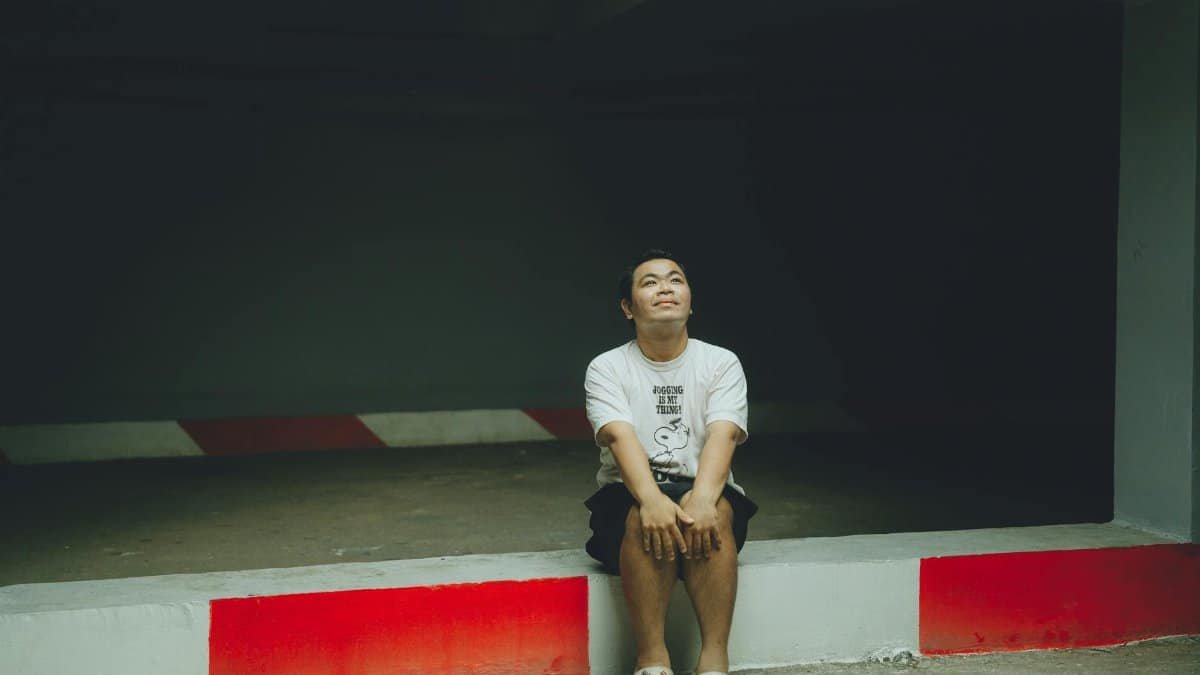
Cities, engines of progress, often accelerate this loss. As urban areas expand, developers eye every inch of land. Parks become parking lots; historic buildings turn into luxury lofts. In New York City alone, dozens of small churches have been converted into private residences over the past decade. A report from Urban Institute notes that low-income neighborhoods bear the brunt, losing affordable gathering spots to gentrification. For many, these were rare havens—places to escape the grind and find solace. Without them, the city feels colder, more transactional. America’s loss of sacred spaces anxiety takes root here, as urban dwellers feel increasingly like cogs in a machine, disconnected from any deeper sense of place or purpose.
The Search for New Sanctuaries

Yet, amid the erosion, people adapt. Some carve out new sacred spaces in unexpected corners. Coffee shops become confessionals; online forums, places of shared struggle. One anonymous account shared publicly captured this shift: “I don’t have a church anymore, but I’ve found a hiking group that meets every Sunday. It’s not the same, but it’s something holy in its own way.” This improvisation shows resilience, but it’s often piecemeal. Not everyone has access to such alternatives, especially in rural areas where even informal meetups are scarce. The search for new sanctuaries reveals a hunger for connection, but also the unevenness of who gets to find it. For every person who discovers a substitute, others are left searching, their anxiety compounded by the effort.
Generational Divides in the Loss
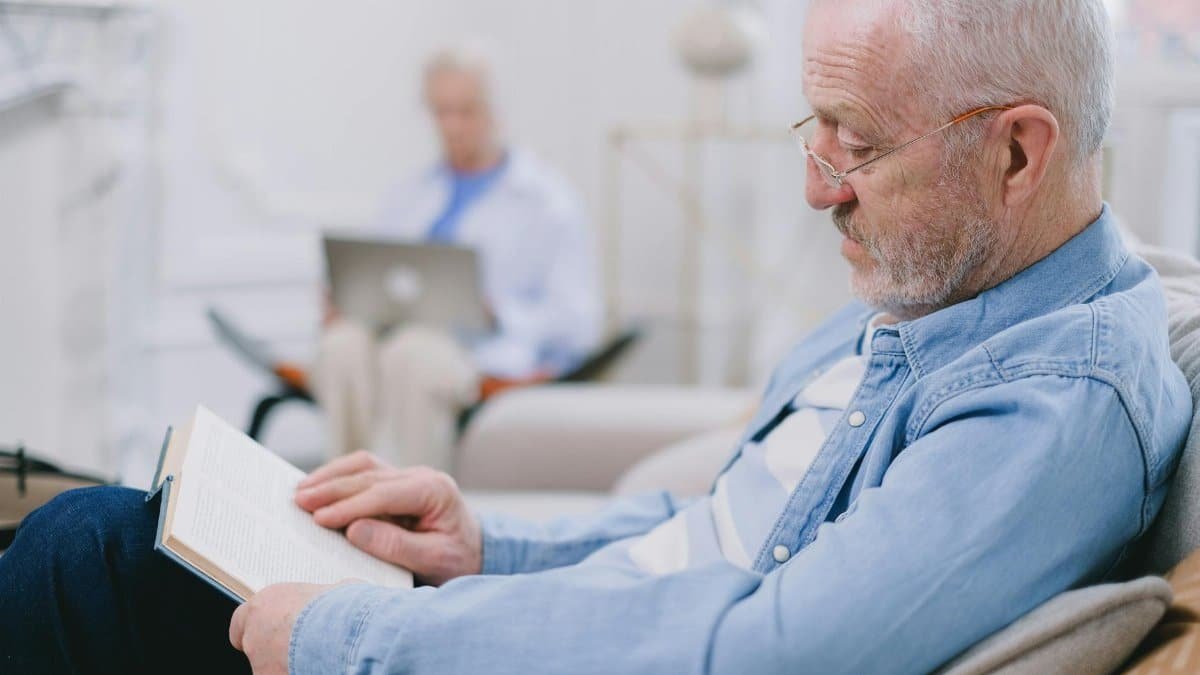
Not everyone feels this absence the same way. Older Americans, who grew up with tight-knit neighborhoods and regular communal gatherings, often mourn most acutely. They remember a time when the local diner or church was the heartbeat of social life. Younger generations, raised in a more fragmented, digital world, might shrug at the loss of physical spaces—until they realize what’s missing. Millennials and Gen Z report high levels of anxiety tied to disconnection, even if they can’t always name the cause. The generational divide in experiencing America’s loss of sacred spaces anxiety highlights a shared problem with different faces: for some, it’s nostalgia; for others, it’s a vague, nagging isolation they can’t quite place. Bridging this gap requires acknowledging that the need for belonging transcends age, even if the solutions look different.
Reclaiming Space, Reclaiming Calm
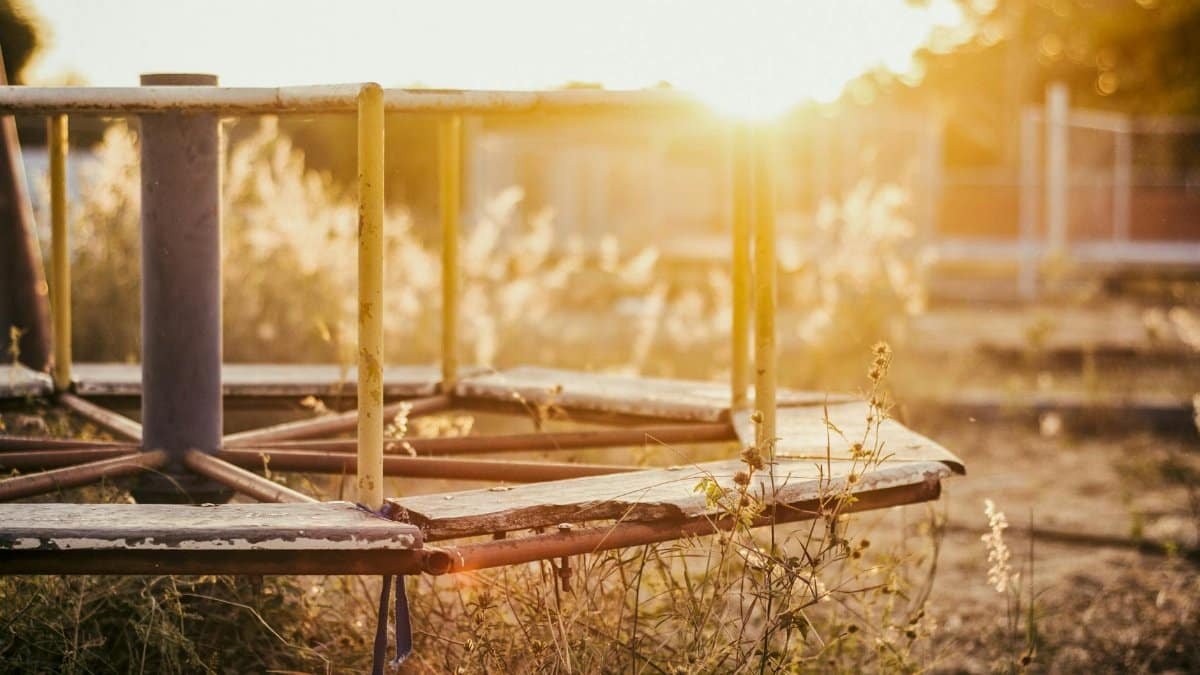
So, what can be done? The answer isn’t simple, but it starts with intentionality. Communities are beginning to push back—think of grassroots efforts to save historic buildings or repurpose empty lots into public gardens. These small victories matter. They remind us that sacred spaces don’t have to be grand; they just need to be shared. On a personal level, creating micro-sanctuaries—a quiet corner at home, a weekly walk in a nearby park—can help ease the strain. It’s not a full replacement, but it’s a start. Policymakers, too, have a role, prioritizing funding for communal spaces over profit-driven development. Addressing America’s loss of sacred spaces anxiety means rebuilding not just structures, but the trust and connection they once held. In 2025, this work feels more urgent than ever, as the toll of disconnection continues to mount.
The fading of sacred spaces in America isn’t just a story of empty buildings. It’s a story of people—how they cope, how they hurt, how they keep searching for something to hold onto. The anxiety tied to this loss is real, woven into daily life in ways both seen and unseen. But within that struggle lies a chance to redefine what sacred means. It’s a chance to build anew, to make space for each other, even if the blueprints look different now.
